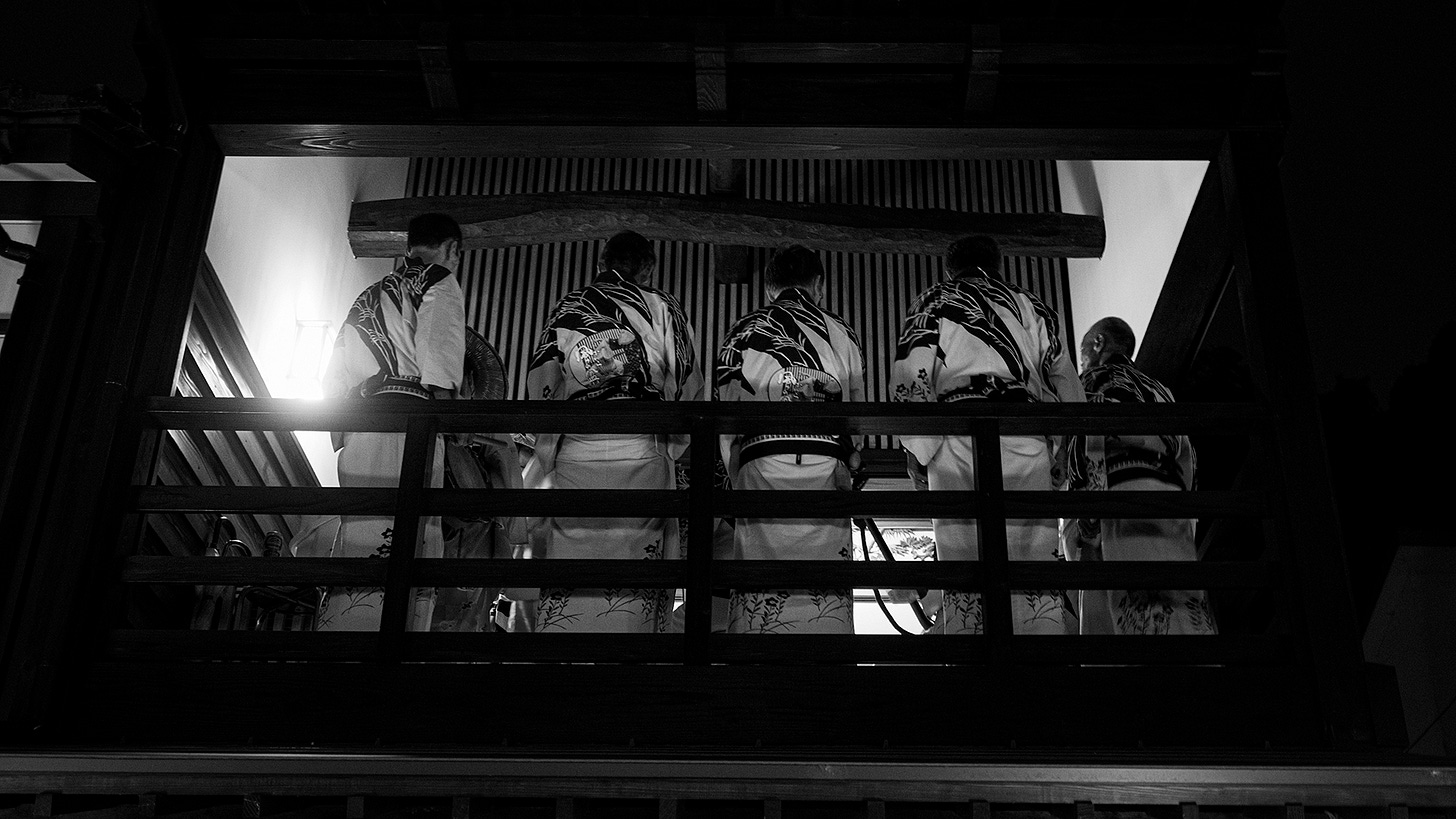Historical Wisdom in Japan’s Traditional Calendar
From Risshū to the Perils of the Two-Hundred-Tenth Day
The Obon festival I mentioned yesterday, after the adoption of the Gregorian calendar in the Meiji era, was long observed differently in each region depending on whether it followed the lunar calendar or the new calendar, but today it generally falls between August 13 and 16, and as one of the multi-day events for ancestral memorial rites, it came to Japan via India and China and was historically formed into a uniquely Japanese custom.
When this time of year arrives, the heat of summer begins to ease slightly at night, and this is because it is just past Risshū (立秋, the “start of autumn” in the traditional calendar). In the lunar calendar, Risshū falls on the 14th day of Minatsuki, which in 2025 was August 7. As the characters in its name suggest, Risshū marks the beginning of autumn, yet in truth, in recent years it has become difficult for residents of urban areas along the Pacific coast of the Tōkaidō region to actually feel this seasonal shift.



